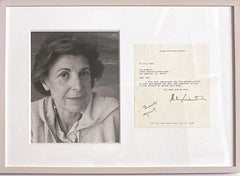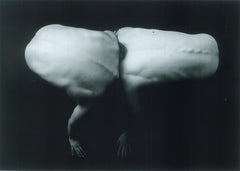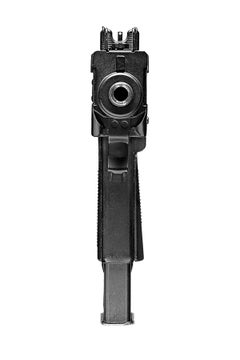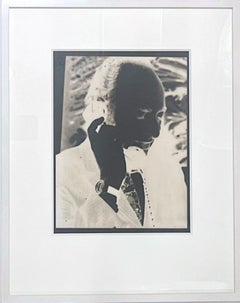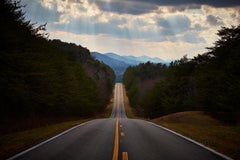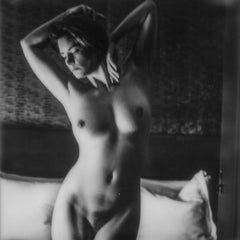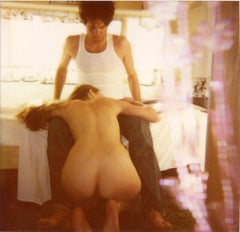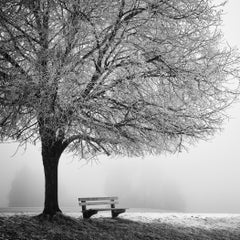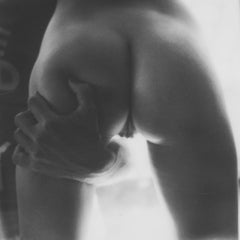Photography
2010s Contemporary Photography
Archival Paper, Photographic Paper, C Print, Color, Polaroid
Early 2000s Contemporary Photography
Photographic Paper, C Print, Color, Polaroid
1960s Modern Photography
Archival Pigment
2010s Contemporary Photography
Digital Pigment
2010s Contemporary Photography
Photographic Paper, Polaroid, Color, C Print, Archival Paper
21st Century and Contemporary American Modern Photography
Archival Ink, Archival Pigment
2010s Street Art Photography
Paper, Monotype
21st Century and Contemporary Photography
Archival Pigment
Early 2000s Contemporary Photography
Photographic Paper, Color, Archival Paper
Early 2000s Contemporary Photography
Digital Pigment
2010s Contemporary Photography
Photographic Paper, Polaroid, Color, C Print, Archival Paper
21st Century and Contemporary American Modern Photography
Archival Pigment
2010s Contemporary Photography
Photographic Paper, Polaroid, Color, C Print, Archival Paper
2010s Contemporary Photography
Digital Pigment
2010s Contemporary Photography
Photographic Paper, Polaroid, Color, C Print, Archival Paper
21st Century and Contemporary Naturalistic Photography
Giclée
2010s Contemporary Photography
Silver Gelatin, Color, C Print, Photographic Paper
21st Century and Contemporary American Modern Photography
Archival Pigment
2010s Contemporary Photography
Archival Paper, Photographic Paper, C Print, Color, Polaroid
2010s Contemporary Photography
C Print, Color, Polaroid
2010s Photorealist Photography
Archival Pigment, Digital Pigment, Archival Paper
Early 2000s Contemporary Photography
Photographic Paper, Polaroid, Color, C Print, Archival Paper
1990s Contemporary Photography
Photographic Paper, Polaroid, Color, C Print, Archival Paper
Early 2000s Contemporary Photography
Archival Paper, Photographic Paper, Color
Early 2000s Contemporary Photography
Archival Paper, Photographic Paper, C Print, Color, Polaroid
21st Century and Contemporary American Modern Photography
Archival Ink, Archival Pigment
2010s Contemporary Photography
Black and White, Polaroid, Color, C Print, Archival Paper
1960s Modern Photography
Silver Gelatin
2010s Abstract Photography
Pigment
2010s Contemporary Photography
C Print, Polaroid, Color, Archival Paper
Early 2000s Contemporary Photography
Archival Pigment
Early 2000s Contemporary Photography
Photographic Paper, Color, Archival Paper
2010s Contemporary Photography
Digital Pigment
2010s Contemporary Photography
Archival Paper, Photographic Paper, C Print, Color, Polaroid
2010s Contemporary Photography
Digital Pigment
2010s Contemporary Photography
Digital Pigment
1970s American Realist Photography
Silver Gelatin
21st Century and Contemporary Contemporary Photography
Giclée
2010s Contemporary Photography
Digital Pigment
2010s Contemporary Photography
Archival Paper, Photographic Paper, C Print, Color, Polaroid
Mid-20th Century Modern Photography
Photographic Paper
2010s Contemporary Photography
Digital Pigment
20th Century American Modern Photography
C Print, Photographic Paper, Color
20th Century American Modern Photography
Photographic Paper, C Print, Color, Digital
2010s Abstract Photography
Pigment
2010s Contemporary Photography
Archival Paper, C Print, Color, Polaroid
2010s Contemporary Photography
Digital Pigment
2010s Contemporary Photography
Polaroid
1990s Contemporary Photography
Photographic Film, Archival Paper, Photographic Paper, Black and White, ...
2010s Contemporary Photography
Photographic Paper, Polaroid, Color, C Print, Archival Paper
Early 2000s Contemporary Photography
Photographic Paper, Polaroid, Color, C Print, Archival Paper
2010s Contemporary Photography
Digital Pigment
2010s Contemporary Photography
Photographic Paper, C Print, Color, Polaroid
21st Century and Contemporary Naturalistic Photography
Giclée
2010s Abstract Geometric Photography
Paper, Monotype
2010s Contemporary Photography
Archival Paper, Photographic Paper, C Print, Color, Polaroid
20th Century American Modern Photography
C Print
1970s Modern Photography
Archival Pigment
21st Century and Contemporary Naturalistic Photography
Giclée
1960s Realist Photography
Lambda
Shop Black and White Photography, Portrait Photography and Other Fine Art Photography
Find a broad range of photography on 1stDibs today.
The first permanent image created by a camera — which materialized during the 1820s — is attributed to Joseph Nicéphore Niépce. The French inventor was on to something for sure. Kodak introduced roll film in the 1880s, allowing photography to become more democratic, although cameras wouldn’t be universally accessible until several decades later.
Digital photographic techniques, software, smartphone cameras and social-networking platforms such as Instagram have made it even easier in the modern era for budding photographers to capture the world around them as well as disseminate their images far and wide.
What might leading figures of visual art such as Andy Warhol have done with these tools at their disposal?
Today, when we aren’t looking at the digital photos that inundate us on our phones, we look to the past to celebrate the photographers who have broken rules as well as records — provocative and prolific artists like Horst P. Horst, Lillian Bassman and Helmut Newton, who altered the face of fashion and portrait photography; visionary documentary photographers such as Gordon Parks, whose best-known work was guided by social justice; and pioneers of street photography such as Henri Cartier-Bresson, who shot for revolutionary travel magazines like Holiday with the likes of globetrotting society lensman Slim Aarons.
Find photographers you may not know in Introspective and The Study — where you’ll read about Berenice Abbott, who positioned herself atop skyscrapers for the perfect shot, or “conceptual artist-adventurer” Charles Lindsay, whose work combines scientific rigor with artistic expression, or Massimo Listri, known for his epic interiors of opulent Old World libraries. Photographer Jeannette Montgomery Barron was given a Kodak camera as a child. Later, she shot on Polaroid film before buying her first 35mm camera in her teens. Barron's stunning portraits of Jean-Michel Basquiat, Warhol and other artists chronicle a crucial chapter of New York’s cultural history.
Throughout the past two centuries, photographers have used their medium to create expressive work that has resonated for generations. Shop a voluminous collection of this powerful fine photography on 1stDibs. Search by photographer to find the perfect piece for your living room wall, or spend some time with the work organized under various categories, such as landscape photography, nude photography and more.
Read More
Welcome to the Surreal and Sensual World of Mona Kuhn
The photographer made her name shooting luminous nudes. Her latest works reframe what an image can hold.
This Twiggy and David Bowie Photo Has an Unusual Backstory
The photo shoot for an ill-fated British 'Vogue' cover brought the two British icons together.
Marianne Faithfull in Photos
The late ’60s it girl was beloved for her personal style as well as her artistic talents.
This Week-Old Calf Named Bug Is One of Randal Ford’s Most Adorable Models
In a recent collection of animal portraits, he brings fashion photography to the farm.
Elton John Is a Fan of this Richard Caldicott Tupperware Photo
Using a creative analog process, the British artist transformed the plastic containers into gleaming, minimalist abstractions and developed an illustrious fan base along the way.
Some of the Best Beatles Photos Were Taken by Paul McCartney
A trove of recently unearthed personal photos adds another dimension to the abundance of press images of the Fab Four.
Photographer to Know: Rinko Kawauchi
From toddlers playing to fires blazing, the Japanese lenswoman poetically captures fleeting dramas on planet Earth.
Photographer Jerry Schatzberg Remembers a Legendary Shoot with Bob Dylan
The acclaimed lensman and the folk-rock phenomenon clicked, and a captivating portrait followed.
